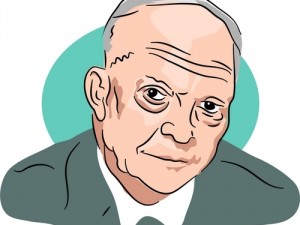 Such a luxury! I found myself in a decent hotel room while traveling on business, contemplating an hour during the day with no meetings and, best of all, a “Do Not Disturb” sign on my door! I felt like I won the lottery. A full hour without interruptions would allow me to focus on accomplishing a few important tasks or to get a good start on a project with a deadline that’s quickly approaching.
Such a luxury! I found myself in a decent hotel room while traveling on business, contemplating an hour during the day with no meetings and, best of all, a “Do Not Disturb” sign on my door! I felt like I won the lottery. A full hour without interruptions would allow me to focus on accomplishing a few important tasks or to get a good start on a project with a deadline that’s quickly approaching.
I set to work, the hour flew by, and I was amazed at what I had accomplished because I hadn’t been interrupted. It was at least twice the amount of work I normally got done in the office. Originally, I planned to catch up on these tasks in the evening, or very early the following morning. Now that time was free for other things.
That’s when I began to wonder what would happen if I was able to translate my hotel room’s “Do Not Disturb” sign into an effective office practice that allowed for some interruption-free time each day.
Like many of us, my team is smaller than it once was, and we’re struggling to keep up the pace. If I could ensure the members of my team had 30 minutes to an hour every day without unnecessary interruptions, they would undoubtedly accomplish more in a shorter period of time. In fact, it would actually free up time and reduce stress. Instead of wondering how to get everything accomplished given our resources, my team might be faced with the challenge of ensuring that the extra time they’ve created is used effectively.
That’s a challenge we’re willing to face.
Your thoughts?
Cynthia Leverich is Director of Global Business Development for Cohen Brown Management Group, Inc.
0 Comments
Leave a reply
You must be logged in to post a comment.





